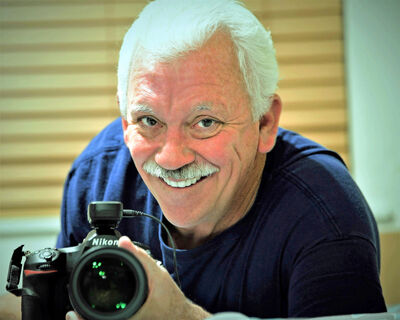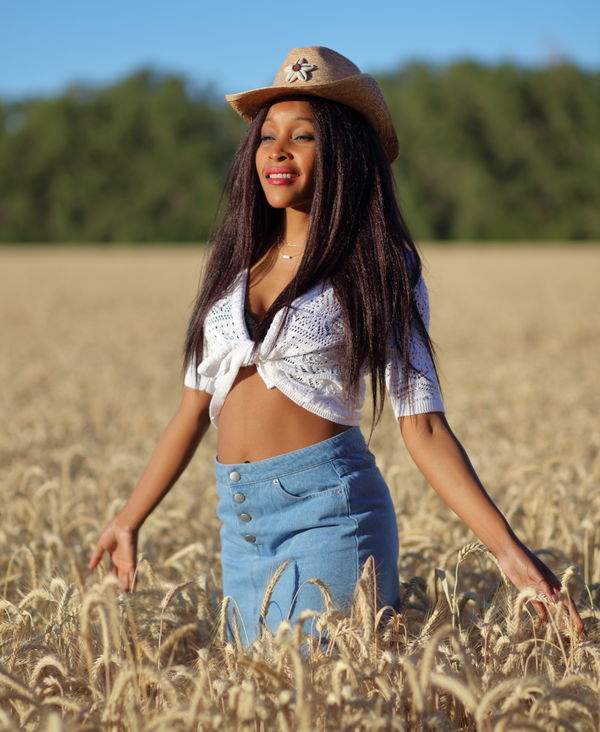Why is "manual" almost a religion?
Aug 17, 2018 15:11:35 #
I shoot manual or at most aperture priority. My camera cannot read my mind nor interpret my vision. So I must control the camera and let it know what I need.
Its just that simple.
Heres a shot. With 6 strobes at 5:30am. Good luck getting that done in auto. I had designed the shoot down to the strobe, modifier, placement and f-stop a week before.
Its just that simple.
Heres a shot. With 6 strobes at 5:30am. Good luck getting that done in auto. I had designed the shoot down to the strobe, modifier, placement and f-stop a week before.
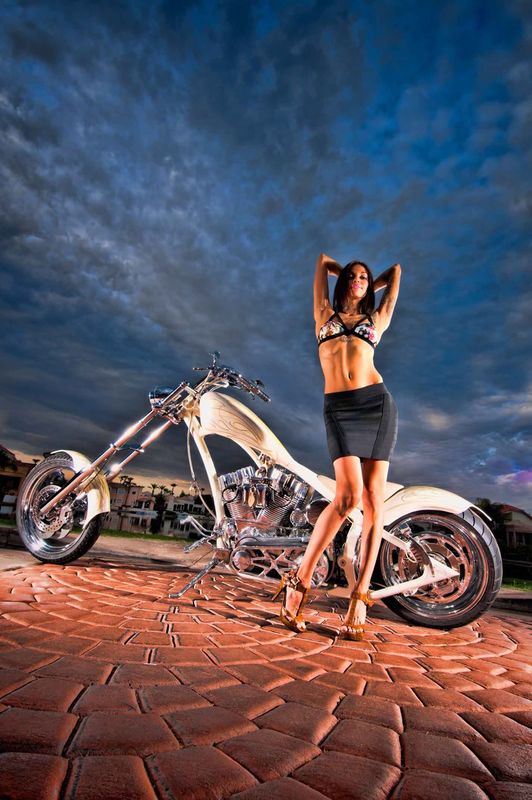
Aug 17, 2018 15:13:59 #
Other shots and bts. Know your f-stops. Understand them. Memorize them. Everything on your camera is f-stops. One stop between shutter speeds, aperture and ISO settings. Your meter is in f-stops. F-stops are the big secret in Photography. Understand them and light.
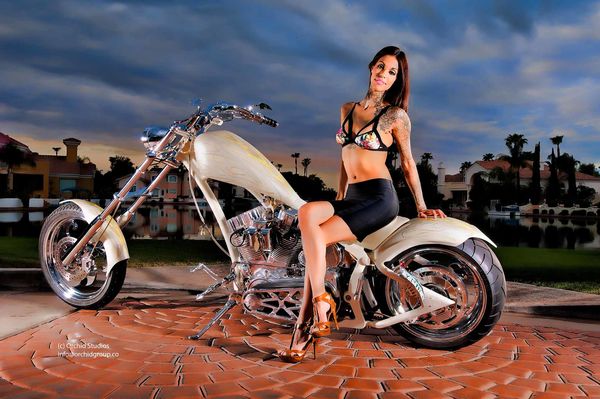
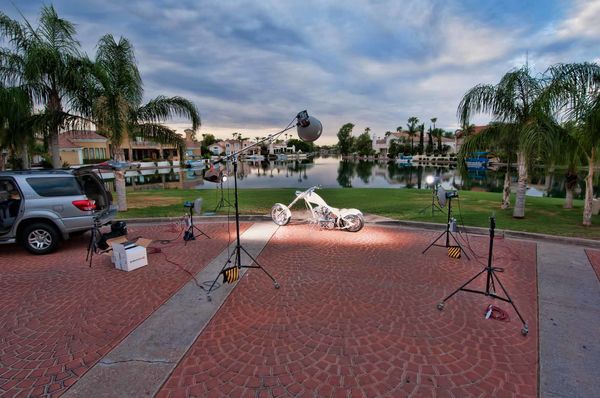
Aug 17, 2018 15:19:00 #
rmalarz wrote:
Because any other mode would not facilitate my placing the Zonal values where I needed them to make this photograph.
--Bob
--Bob
Epic photo Bob! I support your response. Although some say the camera is smarter than the human eye, the camera can be fooled. The human eye rarely unless it is defective. I always thought of manual focus as "fine tuning".
Macro photos seem to work best in manual mode for me.
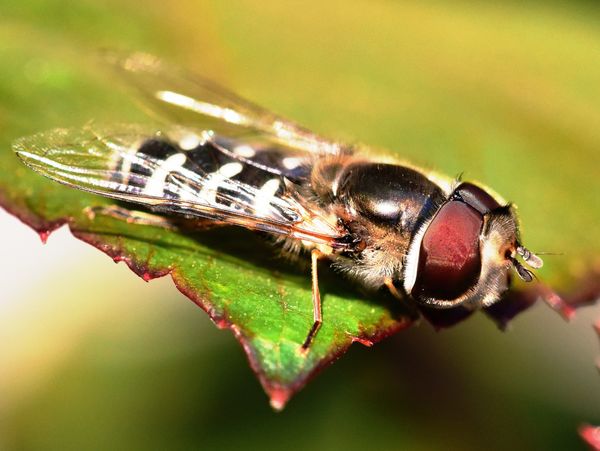
Aug 17, 2018 15:24:31 #
Angmo wrote:
Other shots and bts. Know your f-stops. Understand them. Memorize them. Everything on your camera is f-stops. One stop between shutter speeds, aperture and ISO settings. Your meter is in f-stops. F-stops are the big secret in Photography. Understand them and light.
Not to pick a nit, but there is a difference between "f stops" and "stops" in terms of exposure. In other words, "two stops under..." means two EVs less exposure, not literally that you can only reduce the exposure by reducing the aperture. Reducing the aperture or reducing the shutter speed will, of course, have different effects, but produce identical exposures. I think this little nit sometimes confuses newbies who think of f stops and exposure stops as synonyms.
Just my $.02....
Andy
Aug 17, 2018 15:31:56 #
AndyH wrote:
Not to pick a nit, but there is a difference betwe... (show quote)
I reduced the math and physics to a minimum...
A full stop is double or half the light, depending on which way you go. Same with light fallloff from a flash (strobe/speedlight).
I show my students with a string with marks at 0, 1.4, 2, 2.8, 4, 5.6, 8, 11 ... feet. Between each aperture setting on the string you gain twice or lose half the light from the face of a strobe.
That way they can see it.
Aug 17, 2018 15:34:59 #
mwsilvers
Loc: Central New Jersey
zzzynick wrote:
Some people are just snobs. They believe they are ... (show quote)
Do you enjoy being insulting or do you just have an inferiority complex. You are so ready to call so many others snobs for taking positions you don't agree with. You used the word snob 4 times in your post. If anything you sound like a snob.
I shoot in manual mode almost 100% of the time. Like every manual shooter I personally know, I never criticize others for the shooting modes they use. I couldn't care less. I use manual because I'm very comfortable with it and it gives me more flexibility and the exact results I want easier and faster than with Aperture Priority or Shutter Priority. I'm constantly reading posts from those who shoot in aperture priority indicating there is absolutely no need to ever shoot in manual mode. Talk about snobs. It comes down to whatever works for you and your satisfaction with the end results. If manual shooters are asked we will point out why we shoot in manual and what we feel the advantages are to us. That does not make us snobs.
Aug 17, 2018 15:42:28 #
Retina wrote:
I never heard of the triangle. Is it like a tripod... (show quote)
Welcome to the 'hog. The EXPOSURE triangle is the relationship between aperture (volume of light coming through the diaphragm in the lens), shutter speed (length of time of the exposure), and sensitivity measured by ISO (pronounced EYESO in the USA, EEESO in most of the rest of the world, not an acronym but the proper name of the International Organization for Standardization).
For a given sensitivity setting (ISO) there is a FIXED amount of light which will create a proper exposure of a scene. Proper exposure is subject to interpretation and post-photography processing manipulation.
Adjusting the shutter, aperture, and ISO controls on your camera is what balances these points of the triangle around the available illumination. More light allows faster shutter speeds, and/or smaller apertures, and/or lower ISO. Less light requires longer/slower shutter speeds, and/or wider apertures, and/or higher ISO. Again, all three points of the triangle must be IN BALANCE with the amount of light you have, or will use, to make the exposure. You cannot adjust one without adjusting at least one of the others. Failure to adjust means the scene is underexposed (too dark) or overexposed (too light).
Camera automation attempts to do this for you. HOWEVER, since the light meter in the camera is calibrated for an average scene reflectance between 12% and 18% (which is correct is the subject of much conjecture and argument here), if you use automation on a black cat in a coal bin, the scene will come out GRAY. If you use automation on a white, blonde bride in a white dress against a white wall, the scene will come out GRAY. Manual exposure methods rely on metering knowledge, test targets, experience, exposure compensation settings... all sorts of methods to compensate for the dumb meter reading.
Most modern cameras have some attempt at "intelligent" metering patterns built into them, but all may be fooled under certain circumstances.
Aug 17, 2018 15:43:43 #
Linda From Maine wrote:
But to further yours and my discussion: awhile back Sharpshooter was suggesting admin have a feature where we could post our "15 best." I thought it should go one step further to where if you didn't have any pics in that "portfolio,"
But to further yours and my discussion: awhile back Sharpshooter was suggesting admin have a feature where we could post our "15 best." I thought it should go one step further to where if you didn't have any pics in that "portfolio,"
I really agree with this idea. Even to the point that in my byline/signature there is a link to my flicker page along with the equipment/gear I used to obtain said images. SO, if you want to see how I put into practice what I share, you have an easy click to see option. I have done this on many posters (and posers) here and find it useful to help digest posts that I seem to have problems swallowing.... I'd suggest others use the "click and see" practice to see the experience level of the poster....
Aug 17, 2018 15:45:05 #
It's quite simple: with "manual" you are telling the camera what to do instead of the other way around.
Aug 17, 2018 15:48:03 #
mwsilvers
Loc: Central New Jersey
zzzynick wrote:
So within in a matter of milliseconds you can determine ISO, white balance, shutter speed and aperture? And then manually make the adjustments on your camera? Damn, you are better than I am.
Most of the time the camera does not automatically give me the shutter speed or the aperture I want or need. I am much better at determining what I want then the camera is. I also may not want the exposure the camera wants me to have. And the camera sure as hell doesn't give me the best white balance much of the time. Giving me the wrong settings for my requirements automatically in miiliseconds is no great achievement. As a photographer I'd rather take a little more time and get it right. In other words I want to make the decisions on how the end results will look rather than leaving it up to the decisions of an engineer who is not around to look through my viewfinder. It's called being a photographer.
Aug 17, 2018 15:51:21 #
As I recall, the racoon was shot on auto! I guess what I should have said, using the same film, developed in the same way, I shot so much I no longer had to meter. It became intuitive. But I also should add, just as I use Photoshop today, processing and post processing done in the darkroom saved a few marginal shots.
SharpShooter wrote:
Buckwheat, I don’t have popcorn but that statement... (show quote)
Aug 17, 2018 15:55:30 #
Aug 17, 2018 16:28:05 #
All camera settings are just tools to get the job done. Use whatever you are comfortable but learn and master them all. Then you’ll pull up what’s necessary for the situation.
i.e., if you need a shallow depth of field, you have several options to get there.
i.e., if you need a shallow depth of field, you have several options to get there.
Aug 17, 2018 16:38:13 #
Orange Krate wrote:
Epic photo Bob! I support your response. Although some say the camera is smarter than the human eye, the camera can be fooled. The human eye rarely unless it is defective. I always thought of manual focus as "fine tuning".
Macro photos seem to work best in manual mode for me.
Macro photos seem to work best in manual mode for me.
Krate, I think a lot of people just don’t know how a camera focuses.
But I have to disagree with your comment.
A camera will NEVER be as smart as a human eye, because the human eye has a super-computer hooked to it.
But a camera can focus precisely about a 1000 times faster than any human can!!!
The camera Fine-Tunes every shot too. VERY FAST!
And 9 out of 10 it will do it better than a human using Live View x10. The shallower the dof the more accurate. I’ve tested that many times. BUT the photographer definitely needs to know how to set up the best focus option because as everybody so correctly points out, the camera will NEVER be able to read your mind!!!
SS
Aug 17, 2018 16:46:56 #
buckwheat wrote:
As I recall, the racoon was shot on auto! I guess what I should have said, using the same film, developed in the same way, I shot so much I no longer had to meter. It became intuitive. But I also should add, just as I use Photoshop today, processing and post processing done in the darkroom saved a few marginal shots.
Buckwheat, I know exactly what you meant! I just had to drag the raccoon into it, thatâs all!!! LoL
And speaking of wheat.....
If you want to reply, then register here. Registration is free and your account is created instantly, so you can post right away.

